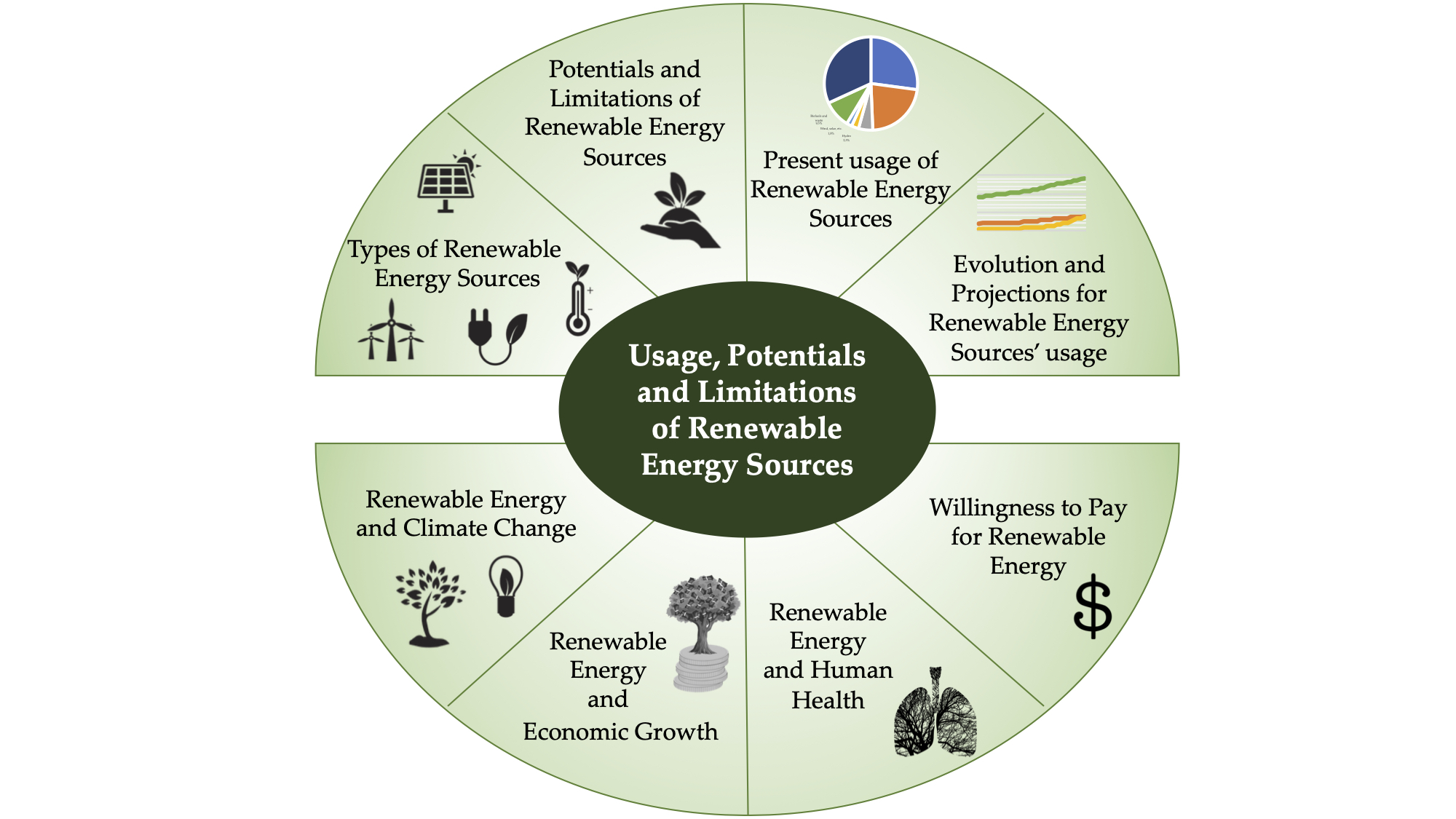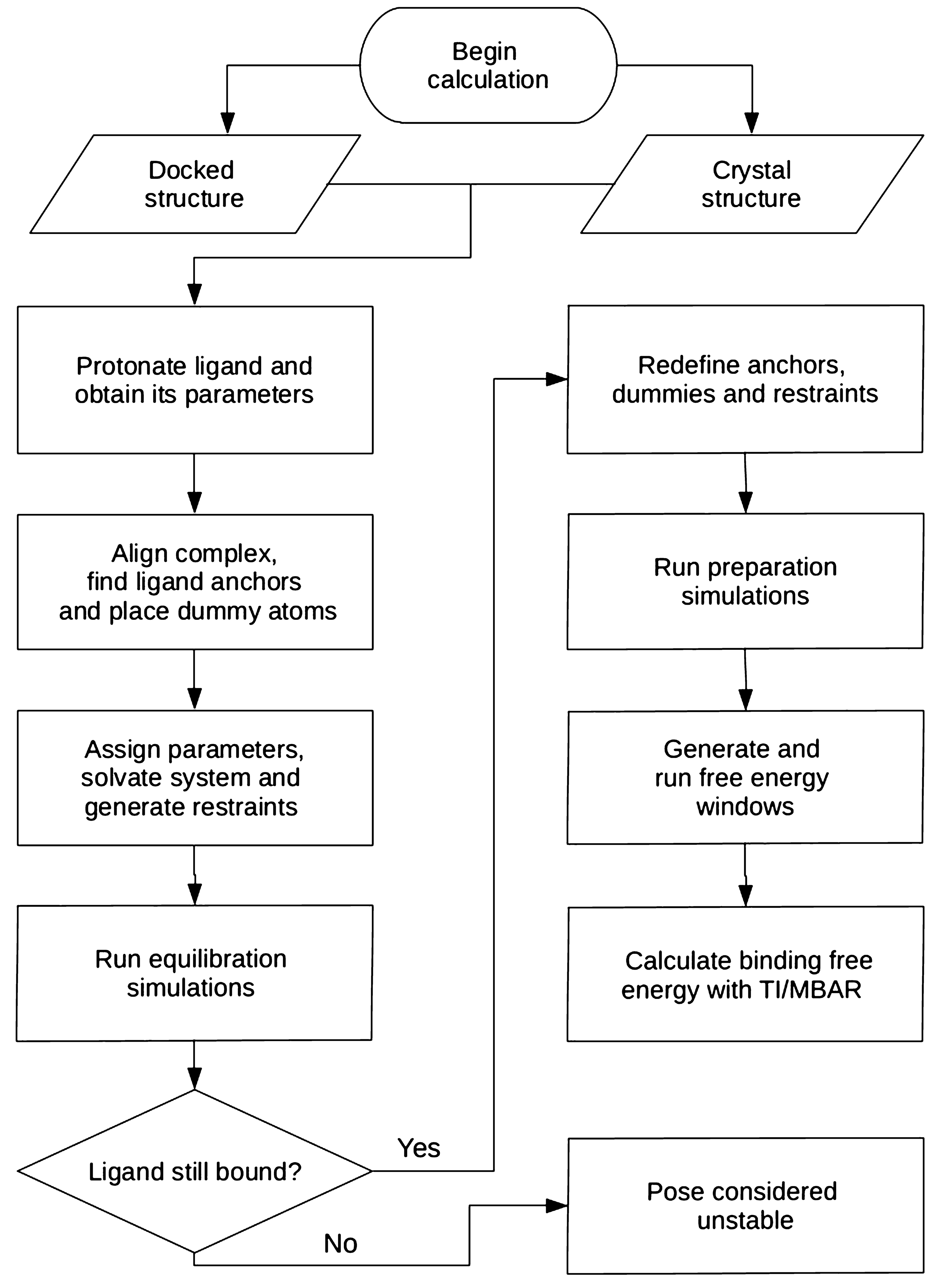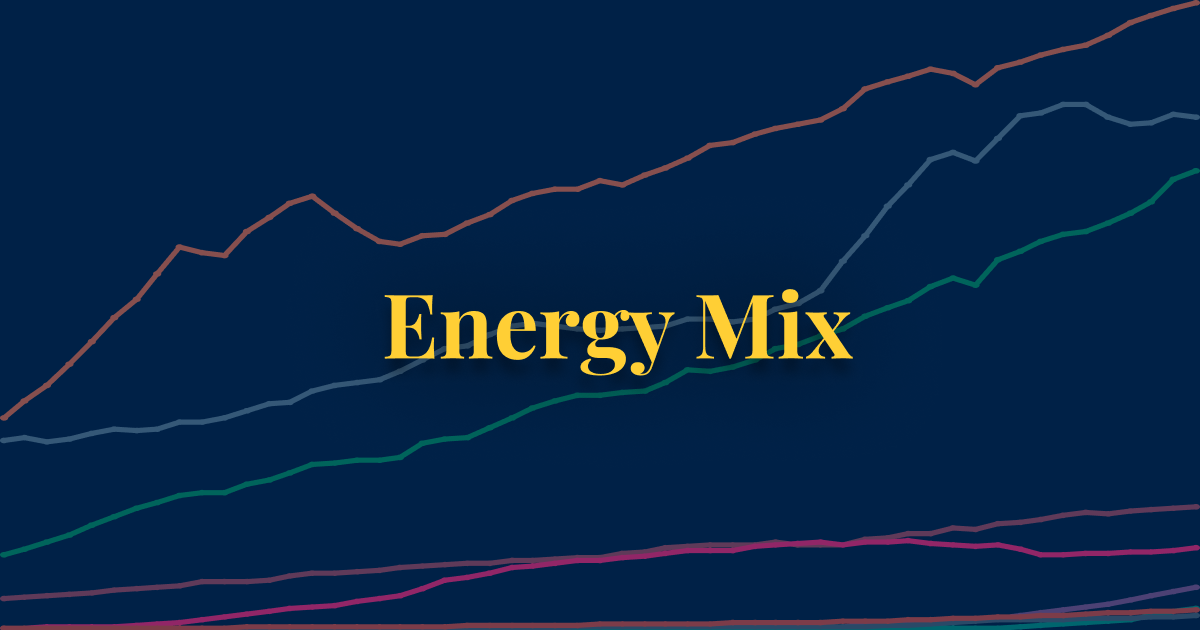Energies, Free Full-Text
5 (793) In stock

The gas compressibility factor, also known as the deviation or Z-factor, is one of the most important parameters in the petroleum and chemical industries involving natural gas, as it is directly related to the density of a gas stream, hence its flow rate and isothermal compressibility. Obtaining accurate values of the Z-factor for gas mixtures of hydrocarbons is challenging due to the fact that natural gas is a multicomponent, non-ideal system. Traditionally, the process of estimating the Z-factor involved simple empirical correlations, which often yielded weak results either due to their limited accuracy or due to calculation convergence difficulties. The purpose of this study is to apply a hybrid modeling technique that combines the kernel ridge regression method, in the form of the recently developed Truncated Regularized Kernel Ridge Regression (TR-KRR) algorithm, in conjunction with a simple linear-quadratic interpolation scheme to estimate the Z-factor. The model is developed using a dataset consisting of 5616 data points taken directly from the Standing–Katz chart and validated using the ten-fold cross-validation technique. Results demonstrate an average absolute relative prediction error of 0.04%, whereas the maximum absolute and relative error at near critical conditions are less than 0.01 and 2%, respectively. Most importantly, the obtained results indicate smooth, physically sound predictions of gas compressibility. The developed model can be utilized for the direct calculation of the Z-factor of any hydrocarbon mixture, even in the presence of impurities, such as N 2 , CO 2 , and H 2 S, at a pressure and temperature range that fully covers all upstream operations and most of the downstream ones. The model accuracy combined with the guaranteed continuity of the Z-factor derivatives with respect to pressure and temperature renders it as the perfect tool to predict gas density in all petroleum engineering applications. Such applications include, but are not limited to, hydrocarbon reserves estimation, oil and gas reservoir modeling, fluid flow in the wellbore, the pipeline system, and the surface processing equipment.

Moving Box Labels Template Unique Energies Free Full Text

Energies, Free Full-Text, ghg emissions

I Match Energy (all sizes) –

18.3 Gibbs Free Energy and the Relationship between Delta G, Delta

Aspen Plus diagram of the biodiesel production process at
Flow Chart For Flower Pollination Algorithm System Identification

Finnish energy system can be made 100% fossil free – Smart Energy Transition

Energies, Free Full-Text, bldc motor

Energies, Free Full-Text

Energies Free Full-Text An Improved Model Equation Based On, 48% OFF

Free Reading Passage 12: Electricity, Electrical Circuits, and Energy PPT

Tesla - Free energy Quote Photograph by Maria Aduke Alabi - Pixels

Energies, Free Full-Text, bldc motor

Automation of absolute protein-ligand binding free energy calculations for docking refinement and compound evaluation

Energy Mix - Our World in Data
Compressibility Factor Z Important Concepts and Tips for JEE Main
New explicit correlation for the compressibility factor of natural
Virial coefficients: empirical approx. of the compression factor
 Resultados de la búsqueda
Resultados de la búsqueda Victorias Secret PINK Active Sport Gym High Waist Crop Flare Small
Victorias Secret PINK Active Sport Gym High Waist Crop Flare Small Victoria's Secret Body by Victoria Unlined Demi Bra
Victoria's Secret Body by Victoria Unlined Demi Bra Double Layer Mesh, DEFSHOP
Double Layer Mesh, DEFSHOP Wooden Round Cabinet Handles Pulls Single Hole Cupboard Wardrobe
Wooden Round Cabinet Handles Pulls Single Hole Cupboard Wardrobe- Nautica Shaping Wear L 42 neu Body Shaping Bauchweg Unterhose in Brandenburg - Velten
